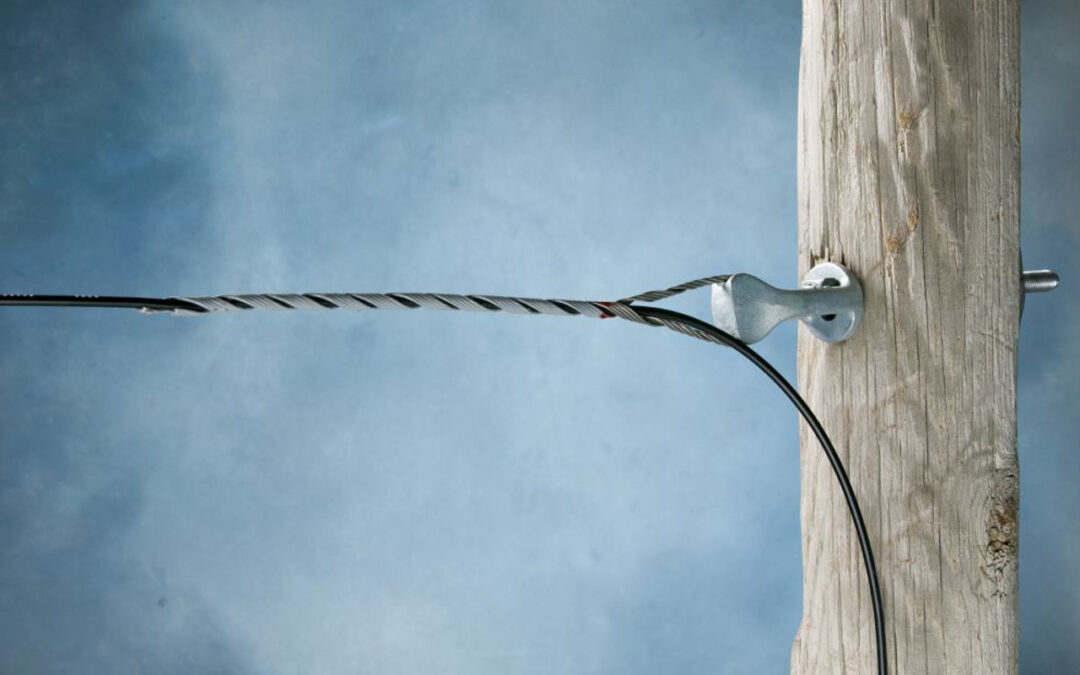A false dead end is a structure designed to create a visual dead end on a line that actually continues. It creates an illusion, providing the appearance of a dead end. This is to discourage climbing by humans and animals. False dead ends work in areas where the transmission lines need to change direction. They help a line to change direction smoothly while maintaining the appearance of a dead end. They are from materials such as steel, aluminum, galvanized steel and composite materials. These materials help them to resist corrosion and increase durability. False dead ends also find use in ADSS and OPGW in data communication.
Design structure of the false dead end
The design of the false dead end varies depending on various factors. These include specific requirements, environmental conditions and safety. The design aims to create a seamless transition in the transmission line’s direction. It also helps to balance between functionality, safety and visual deception. Its design also incorporates several key components to achieve its purpose. The following is a breakdown of the false dead end design.
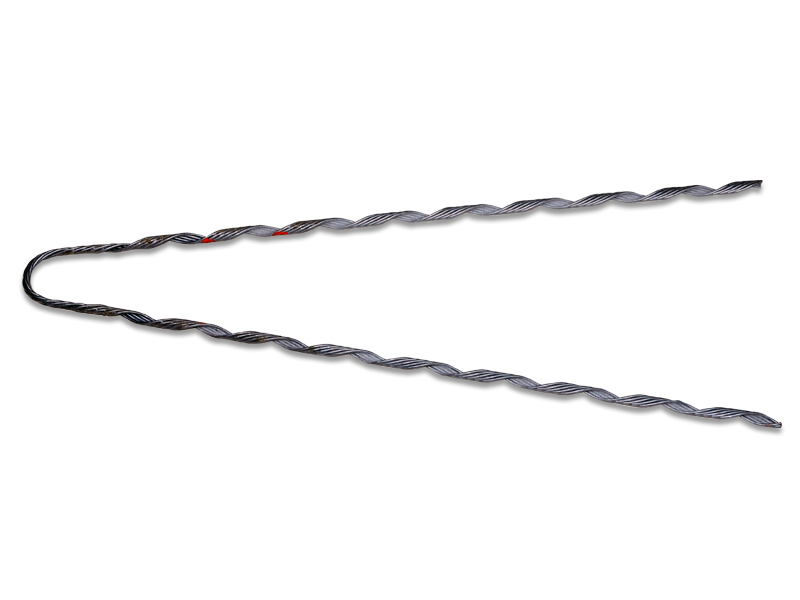
- Support structure – the false dead end requires a strong support structure to bear the weight of the transmission line. The structure consists of steel or reinforced concrete and is securely anchored to the ground.
- Insulators – these are crucial components that support the conductors of the transmission line. This is while electrically isolating them from the support structure. Insulators position to create the illusion of termination while allowing the line to continue beyond that point.
- Redirection mechanism – the false dead end uses a mechanism to redirect the transmission line in the desired direction. This may involve use of specialized fittings that guide the conductors while maintaining electrical continuity.
- Visual appearance – the design of the false dead end should consider its visual appearance to create the Illusion of a dead end. It may also involve shaping the crossarms and arranging the insulators in a manner that resembles the termination of the line.
- Crossarms – a crossarm mounts on top of the support structure to hold the insulators and other hardware. The crossarm may appear as if it terminates the line, mimicking the look of a traditional dead end.
- Hardware – these includes clamps, connectors and fittings. They help to secure the conductors and insulators to Crossarms. They must be strong to resist corrosion and ensure the integrity of the line.
- Safety features – these include insulating covers or barriers installed to prevent accidental contact with the components.
Properties of a false dead end
False dead ends have various properties tailored to meet specific functional requirements. They also help to ensure safety, durability and visual deception. These properties aim at creating a seamless transition in the transmission line’s direction. This also helps to discourage interference and maintain safety. The following are the properties of a false dead end.
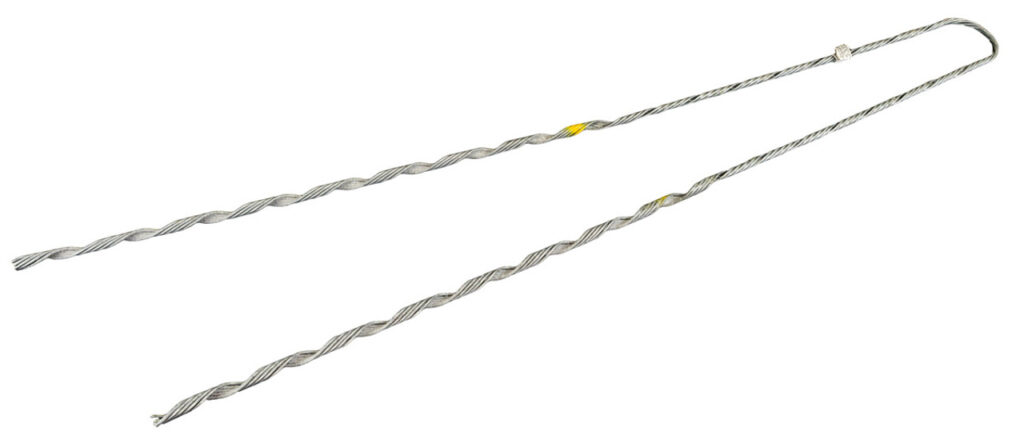
- Appearance of termination – its main property is the ability to appear as if the transmission line terminates at that point. This happens through the arrangement of components such as crossarms, insulators and hardware.
- Electrical insulation – insulators used in dead ends should insulate the conductors from the support structure. This is to prevent electrical leakage or short circuits. The insulators are from materials with high dielectric strength and resistance to environmental factors.
- Resistance to environmental factors – false dead ends must have designs to withstand a range of environmental conditions. This is including exposure to sunlight, moisture, corrosive agents and extreme temperatures.
- Wildlife protection – the dead ends may incorporate features such as wildlife guards or insulators covers. This is to deter animals from climbing on the structure and coming into contact with the components.
- Aesthetic considerations – the dead ends have designs to blend well with their surroundings. They also help maintain the visual continuity of the transmission line.
- Structural integrity – false dead ends have enough structural integrity to support the weight of the transmission line. They also help to withstand the environmental loads such as wind, ice and temperature variations.
- Safety features – insulating covers may prevent accidental contact with the live components. Use of warning signage may help deter unauthorized access to the structure.
False dead ends for ADSS cables
False dead ends serve a similar purpose as those used for traditional overhead transmission lines. They are thus tailored to meet the unique characteristics of ADSS cables. ADSS cables work in overhead high-voltage power transmission lines. They provide mechanical support and electrical insulation without the need for a separate messenger wire. Additionally, proper selection of the dead ends for ADSS cables helps ensure reliability and longevity. The following are the properties of false dead ends for ADSS cables.
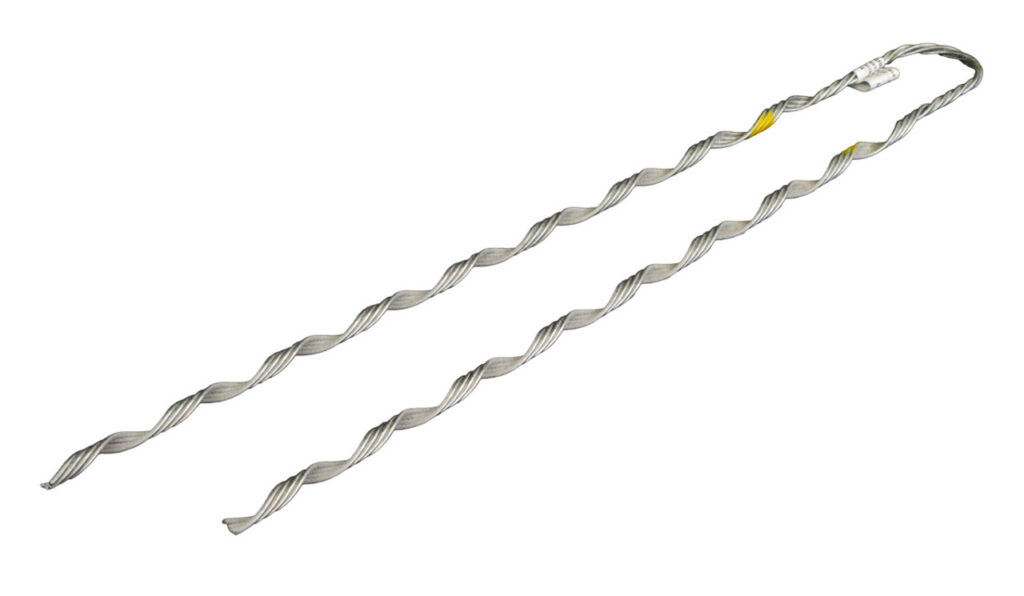
- Mechanical support – the dead ends must provide robust mechanical support to bear the weight of the cable. They should also be able to withstand loads such as wind, ice and temperature variations.
- Electrical insulation – ADSS cables need electrical insulation to prevent leakage currents. They must incorporate insulating materials to maintain electrical isolation.
- Material – they are from durable materials such as high-strength aluminum alloy or composite materials. The materials provide the strength to support the cable and withstand environmental conditions.
- Design – false dead ends have designs to grip the ADSS cable without causing damage to the outer sheath. The design should distribute the load across the cable to prevent stress concentrations.
- Tension management – they incorporate features to help manage the tension in the cable. This may include built-in strain relief mechanisms or hardware to adjust tension.
- Installation compatibility – they have designs for easy installation and maintenance. They should be compatible with standard tools and methods used for ADSS.
- Aesthetic considerations – the dead ends have designs to blend in with the surrounding environment. This helps to adhere to specific aesthetic needs.
- Compatibility with hardware – the dead ends should also be compatible with other hardware used in ADSS cable installation. These include suspension clamps, vibration dampers and spacer dampers.
False dead ends for OPGW cables
False dead ends for OPGW cables serve similar purpose as the ADSS cables. They have some specific considerations due to the nature of OPGW cables. The false dead ends ensure the cables are properly supported, maintained and protected against environmental factors. This contributes to the reliable transmission of both electrical power and optical signals. The following are the common properties of false dead ends for OPGW cables.
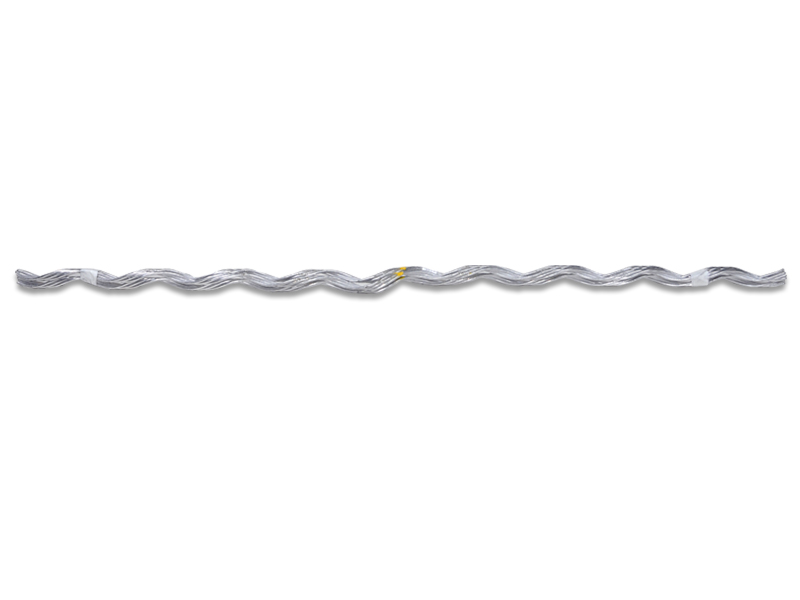
- Gripping mechanism – the use gripping mechanism designed for OPGW cables. This ensures a secure hold on the cable without compromising the integrity of the optical fibers.
- Electrical isolation – the false dead ends should provide electrical isolation to prevent interference with the transmission of optical through the fibers.
- Compatibility with OPGW hardware – the dead ends should be compatible with other hardware used in OPGW cable installations. These include suspension clamps, vibration dampers and splice closures.
- Tension management – dead ends for OPGW cables include features to help manage cable tension. This may include strain relief mechanisms or hardware for adjusting tension as needed.
- Design – the dead ends have designs to hold the cable without causing damage to the optical fibers inside. The design should distribute the load across the cable to prevent stress concentrations.
- Installation considerations – false dead ends for OPGW cables should have designs for easy installation and compatibility. They should be compatible with standard installation tools and methods used in OPGW cable installations.
Application areas of dead ends
False dead ends have various applications in the construction and maintenance of overhead transmission lines. They also find use in various industries where the termination of a line needs management. Additionally, it is advisable to seek expert help when selecting dead ends. The following are the common application areas of false dead ends.
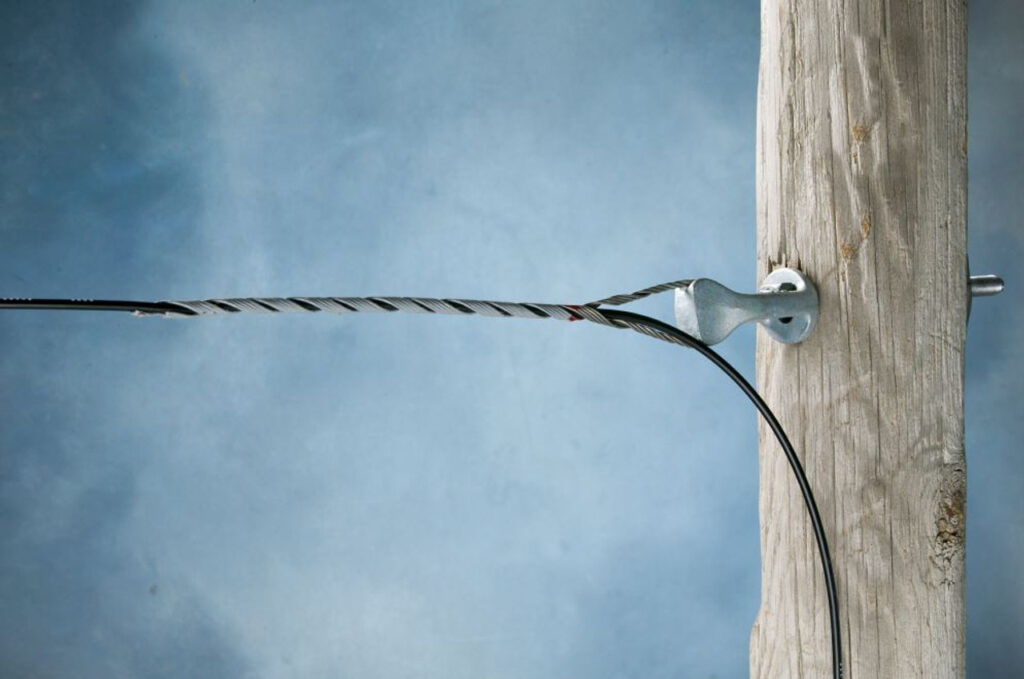
- Overhead power transmission lines – false dead ends work with ADSS and OPGW cables. They manage high tension, support the cable and provide termination points where needed.
- Telecommunications – the dead ends work in aerial fiber optic cable installations. They allow for proper cable termination and tension management. This is while facilitating directional changes and access for maintenance.
- Urban infrastructure – false dead ends work in urban projects such as street lights. They provide termination points for electrical cables while maintaining a clean and organized appearance.
- Cable management systems – dead ends help organize and terminate cables. This is while ensuring proper tension and support.
- Security systems – false dead ends work in security systems such as perimeter fencing or sensor networks. They provide termination points for wiring while maintaining the integrity of the design.
- Renewable energy installations – false dead ends work in renewable energy installations. This is including as solar farms or wind turbine arrays to manage cables.
Frequently asked questions
A false dead end is a component used to provide appearance of a termination point. This is while allowing for the continuation of the line in another direction. It also helps to manage tension, support the cable and ease maintenance.
False dead ends help manage tension, support the cable and provide termination points for maintenance.
Aesthetic considerations may include blending the false dead ends into the surrounding environment and adhering to specific design needs.

